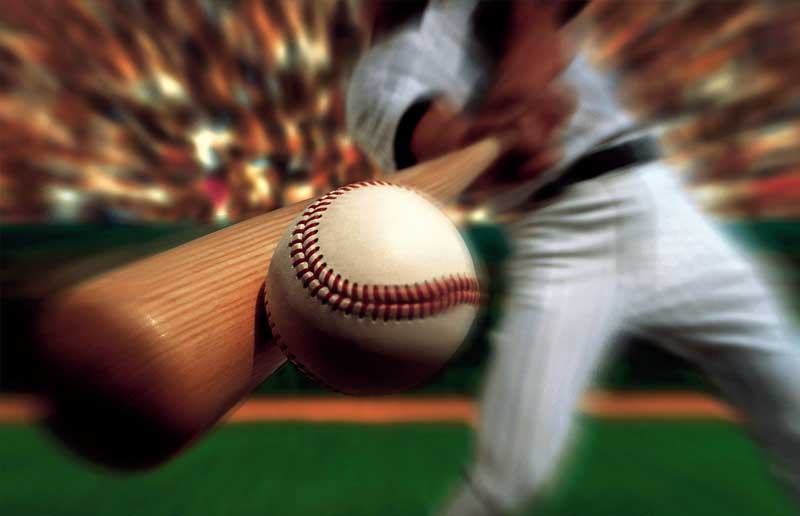Catching in baseball demands a unique combination of physical attributes: strength, agility, endurance, and explosive power. Catchers are the unsung heroes of the game, and their physical condition plays a vital role in their performance and overall team success. In this comprehensive guide, we’ll provide you with a detailed overview of the specialized fitness and training routines that keep catchers in top physical shape.
1. Strength Training
Strength forms the foundation of a catcher’s physical condition:
- Leg Strength: Strong legs are essential for squatting and maintaining the crouch position during games.
- Core Strength: A strong core enhances stability and helps with throwing and blocking.
- Upper Body Strength: Develop the upper body, particularly the shoulders and back, for powerful throws.
2. Agility and Mobility
Catchers must be agile and mobile:
- Lateral Movement: Work on lateral movement drills to quickly shift and reach for pitches.
- Hip Mobility: Maintain hip flexibility for a smooth crouch and mobility behind the plate.
3. Endurance Conditioning
Catching can be physically taxing, especially during long games:
- Cardiovascular Training: Include cardiovascular exercises to improve endurance, such as sprints and interval runs.
- Game Simulation: Practice game-like situations during conditioning to replicate the physical demands of catching.
4. Speed and Explosive Power

Catchers need explosive power for quick throws and blocking:
- Plyometric Exercises: Incorporate plyometric drills to develop explosive lower body power.
- Sprint Drills: Work on sprint drills to improve quickness and reaction time.
5. Flexibility and Stretching
Flexibility is essential for mobility and injury prevention:
- Dynamic Stretching: Perform dynamic stretching routines before games and practices.
- Static Stretching: Include static stretching after workouts to improve flexibility.
6. Arm Care
Maintaining arm health is crucial:
- Throwing Program: Implement a structured throwing program to maintain arm strength and health.
- Arm Care Exercises: Include arm care exercises like band work and lightweight dumbbell exercises.
7. Reaction Training
Catchers need sharp reaction skills:
- Reaction Drills: Practice reaction drills to improve your ability to respond quickly to game situations.
- Vision Training: Consider vision training exercises to enhance your ability to track pitches.
8. Recovery and Rest
Recovery is as important as training:
- Rest Days: Incorporate rest days into your training routine to allow your body to recover.
- Nutrition: Maintain a balanced diet to support muscle recovery and energy levels.
9. Mental Conditioning
Mental fitness is part of peak performance:
- Visualization: Use visualization techniques to mentally rehearse plays and scenarios.
- Mental Toughness: Develop mental toughness to stay focused and composed in high-pressure situations.
10. Position-Specific Drills
Include drills specific to catching:
- Blocking Drills: Practice blocking balls in the dirt.
- Throwing Drills: Work on throwing accuracy and quick releases.
11. Regular Assessment
Regularly assess your physical condition:
- Performance Metrics: Track your progress in strength, speed, and endurance.
- Adjustments: Make adjustments to your training routine based on your assessments.
12. Consult with Professionals
Consider working with fitness trainers, physical therapists, and coaches:
- Individualized Plans: Create individualized training plans that address your specific needs.
- Injury Prevention: Seek guidance on injury prevention and rehabilitation.
Achieving peak performance as a catcher requires a dedicated commitment to a specialized fitness and training regimen. By focusing on strength, agility, endurance, and explosive power, catchers can enhance their physical condition, excel behind the plate, and contribute significantly to their team’s success. Remember that consistent training, rest, and a positive mindset are essential components of maintaining peak performance throughout the baseball season.
